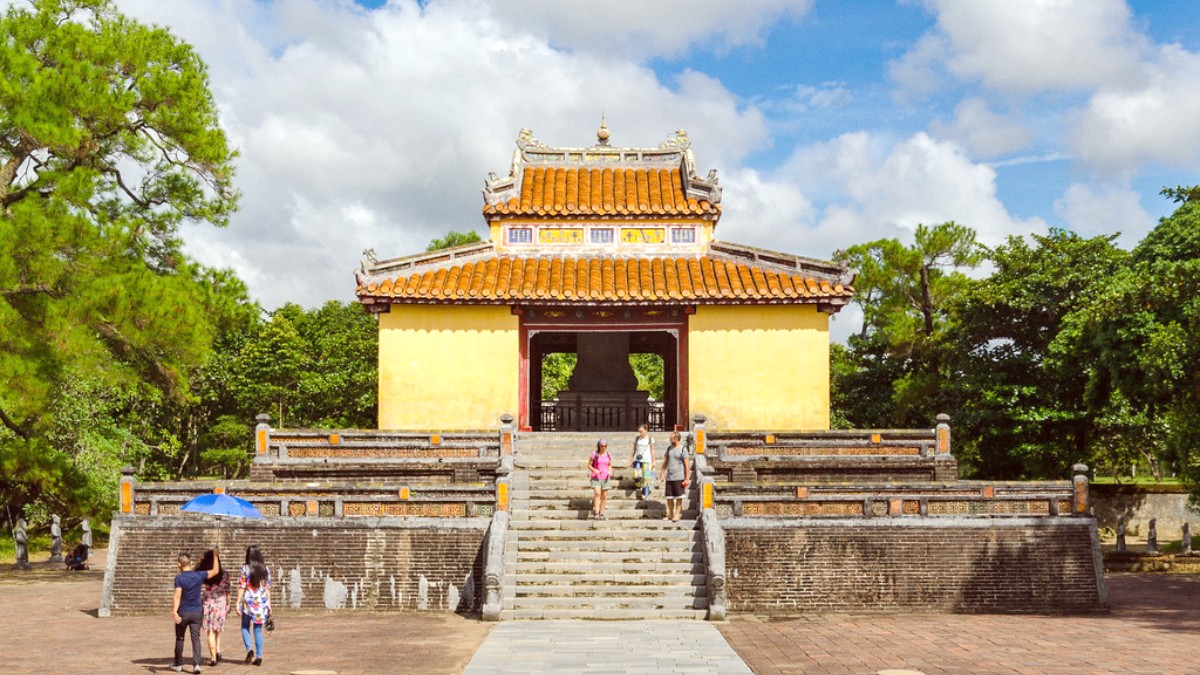
Central Vietnam, Vietnam
Hue has a public bus system covering main routes, connecting the city center with suburbs and some outlying attractions. However, for most tourists focusing on the historical core and royal tombs, other transport options often serve more conveniently.
Information on bus routes exists at bus stops or online, but it may be mainly in Vietnamese. Hubs include bus stations near Dong Ba Market and a newer bus station on the city's outskirts. Learning specific route numbers and destinations might take some effort.
Very affordable for budget travel.
Connects city center to suburbs and some attractions.
Pay conductor directly on board.
10,000-12,000 VND
15,000-17,000 VND
40,000-80,000 VND
Agree on price and duration beforehand to avoid overcharging.
For those who prefer independent exploration, Hue offers various rental vehicles. These options include cars with drivers, motorbikes, and bicycles, each suiting different preferences and levels of comfort.
Drive on the right side of the road.
Helmets are mandatory for motorcyclists, including passengers.
Roads within the city are generally good.
Beyond the standard options, Hue offers some unique ways to move around, especially on its iconic Perfume River. These experiences provide a different perspective of the city and its surroundings.
Hue, like most Vietnamese cities, has limited infrastructure for travelers with mobility impairments. Sidewalks are often uneven or obstructed.
Public transport is not typically accessible.
Some newer hotels may offer accessible rooms.
Plan carefully and consider hiring private transport with assistance for accessibility needs.
Hue does not feature cable cars, funiculars, or other unique mountain-based transport systems.
Focus on river and road transport.
Choosing transportation that matches your comfort and adventure level enriches your exploration of Hue's charm.
From scenic boat rides to convenient Grab services, Hue's transport network helps you uncover its imperial history and local life.